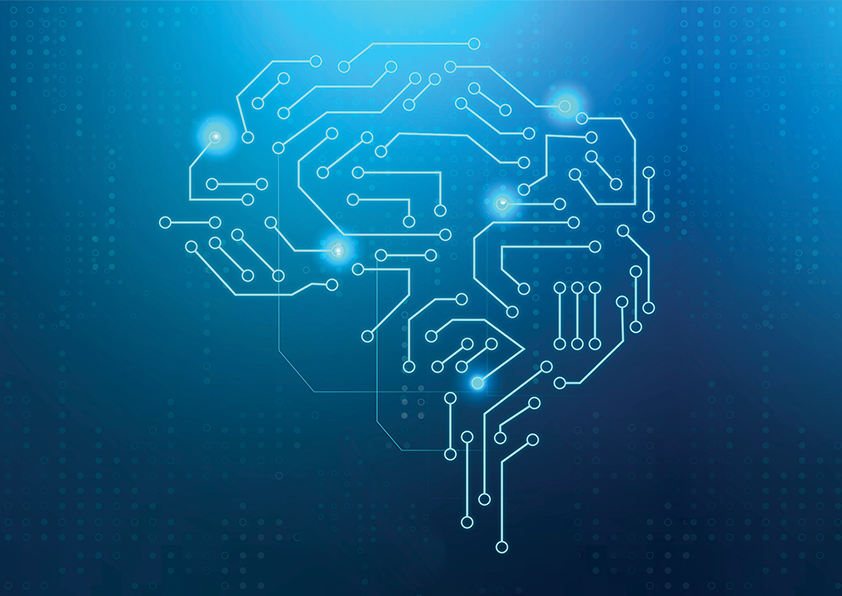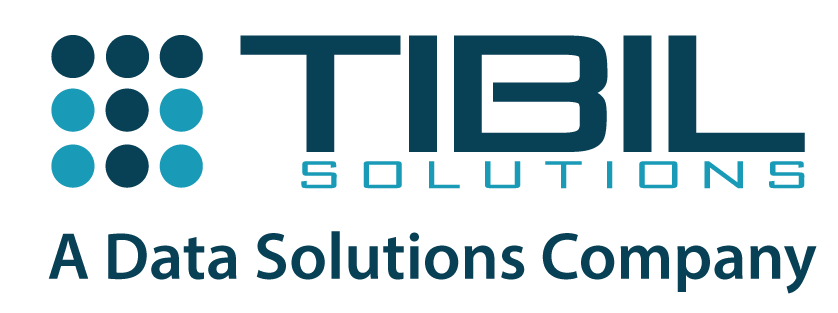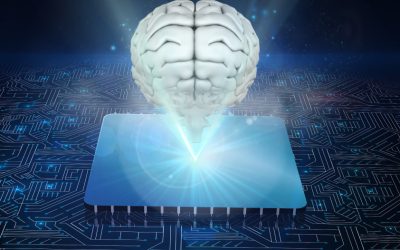
The Evolution of Federated Learning
Uber settled an inquiry into a data breach that exposed the personal data of more than 5,00,000 drivers in 2016 by paying $148 million. A GDPR breach resulted in a $57 million fine for Google in 2020. On-growing data privacy and data breach issues have led to innovating new techniques like federated learning which doesn’t involve users’ raw data.
We all know that a large amount of data is generated every second and centralized machine-learning techniques are used to process and store the data. In the traditional centralized approach, all the local datasets are stored in the cloud, this can be a privacy concern for businesses that handle sensitive customer data as the data needs to be shared with third parties/different departments within the company. So here comes “Federated Learning” to solve the privacy concerns using decentralized machine learning techniques.
Federated learning trains machine-learning models on decentralized data without the need to share that data where businesses can use this model without risking the sensitive data. This addresses many critical issues like data security and data privacy. Now major industries like IoT, telecom, pharmaceutics, etc, have started implementing federated learning.
Example: Hospitals contain huge data such as patient health diagnosis reports, age, gender, environmental exposures, etc,. All these data are personal & confidential records that can’t be shared without the patient consent. Federated learning eliminates the need of sharing data in a centralized location by decentralizing the data in the local models so that the datasets can be stored securely within the hospitals.
How does Federated ML work?
This approach focuses on iteratively training a model using data from remote stakeholders who first employ a pre-trained model. This model is trained on the remote data, to obtain the hyper parameters or the configuration. The results are summarized and encrypted before they are transmitted to the central orchestrator, where they are unscrambled and integrated to build the consolidated model. This process is repeated iteratively until the model is fully trained.
There are three modes of federated machine learning i.e. horizontal, vertical and transfer learning.
In horizontal federated ML, all the devices at the edge use the same set of features to collaboratively train the model. An example would be a manufacturer who has the same data points at different plants and would want to forecast supply and demand.
In vertical federated ML, each stakeholder at the edge would hold a different set of features but would work together to build a model. An example would be a food delivery application that works along with a bank to target specific customers with better discounts.
Federated transfer learning makes use of vertical federated learning with a pre-trained model in a similar scenario. In essence, a stakeholder at the edge who has a greater depth of features would work with a stakeholder with fewer features and train a model. An example would be recommending items in a marketplace based on previous transactions.
The major differences between Distributed & Federated learning:
| Federated Learning | Distributed Learning |
| Data Privacy: Unlike distributed learning, federated learning allows to train models the local nodes without having to share the sensitive data to the centralized storage. The changes/updates will be done on the end-user devices so there will be no chance of leaving the device. | Data Privacy: Data is collected and trained on a single server which results in privacy risk as the information will be shared on the central location. |
| Data Distribution: Data is distributed among all parties as each user will have different data types. Federal learning is assumed as non-independent and identically distributed (i.i.d). | Data Distribution: Data on the parties is independent and identically distributed (i.i.d). |
| Continual Learning: Implementation is done on the end-user device where persistent learning is challenging. Models are trained on a complete dataset to which the end-user will not have access to it. | Continual Learning: Since the data is stored in a centralized location, it is easier for the central server to serve the forecasts. However, there will be a delay in the responses as the communication time between the user device and the server is high. This might result in an unsatisfactory user experience. |
| Aggregation of Data Sets: There is no need to group the user data as there will be continuous update on the end-user device. | Aggregation of Data Sets: Grouping the user data in a central location may break some privacy practices resulting in data breaches. |
Why it is important?
Traditional centralized machine learning approaches have flaws like pooling private data on central servers and lacking continuous learning on edge devices. These will be facilitated by federated learning. In traditional machine learning, a central Machine learning model is created using the training data available in the centralized setting.
In mobile computing, the user expects quick replies, yet the speed of communication between the user device and the central server is slow which results in a low user experience. To get around this, the model might be installed in the end-user device, however, this presents a problem for ongoing learning because models are trained on entire datasets, whereas the end-user device lacks access to them.
Another main drawback of traditional ML is that user data is compiled in central location for training which may cause data privacy and data breach issues. Federated learning addresses these difficulties by enabling continuous learning on end-user devices and ensuring that data doesn’t leave the end-user devices.
Federated Learning in Manufacturing Industry
Machine learning has become part of most industries including our daily life ranging from Netflix recommendations, fraud detection, and smart healthcare, to the development of self-driving cars.
A vast amount of data is collected in the manufacturing industry however capturing all the available data might be difficult due to data privacy concerns. Most machine learning models require data source that is adequate in terms of quantity and quality. The best solution to use these data is through federated learning where data remains in the owner’s device. The Federated learning concept was first presented in 2016 Google’s blog, shows how Google Keyboard on Android saves query history in the user device to improve suggestions for the next iteration.
Though manufacturing industry is already using machine learning for prediction, prevention, and improving the production planning process, data acquisition is difficult as well as it is time-consuming, high-cost, and has data privacy concerns. Federated Learning addresses all these issues while protecting data privacy and avoiding breaches. It allows multiple users to train models on local machines (user’s device) and is sent to the global model via encrypted communication channels. This process gives high accuracy based on local data and the major advantage of this approach is that the sensitive data never leaves the user’s device and the process is iterative.
Example: With real-time data and predictions, federated learning provides a better self-driving experience in Autonomous vehicles. Real-time data can be about traffic, road, obstacles, etc. Autonomous vehicles can respond to new situations with this real-time information. Input from different vehicles allows models to improve over time. A research project has stated that federated learning can reduce training time in wheel steering angle prediction in self-driving cars. Challenges of Federated Learning
Challenges of Federated Learning
Even though federated learning has several benefits over traditional machine learning, it brings along its own set of challenges.
A federated learning network will have several devices participating in the model training process. This affects the performance of communication networks and as a result, takes significantly longer for computation unlike a model that is being trained locally. In addition, these devices can have different hardware configurations. The federated learning method must be able to work with a variety of devices and withstand those that can drop out without passing the training information.
Conclusion: The emergence of use cases across diverse industries such as Banking, Healthcare and manufacturing has led to increased active research in Federated Learning. Whilst it addresses the challenges of data privacy and data acquisition, solutions need to be designed to address communication across stakeholders & connectivity.
Related Posts
AI Toolbox: Creative Content Beyond ChatGPT & BARD
Introduction: In the dynamic landscape of artificial intelligence (AI), ChatGPT and BARD have garnered significant attention for their capabilities in natural language processing and music composition. However, a rich tapestry of AI tools exists...
Ethical Considerations in Generative AI: Ensuring Fair and Responsible Data Analytics
Introduction Generative AI, a transformative subset of artificial intelligence, is revolutionizing data analytics and machine learning. It empowers machines to generate data, images, and text that mimic human creativity. While the potential of...
Building a Better Future with Digital Public Goods
The world is on the cusp of digitization! In this era of digitization, we have transformed the way we communicate, interact, and access information. It has not only changed our personal lives but also has brought an evident transformation in the...
The Role of Artificial Intelligence in Cyber Security
In an era characterised by rapid technological advancements and increasing digitalisation, the field of cyber security faces an escalating and ever-evolving threat landscape. As cyber threats become more sophisticated, organisations must employ...
TinyML: The Future of Edge AI
Artificial intelligence (AI) has been a hot topic in recent years and with good reason. AI has the potential to transform countless industries and improve our lives in numerous ways. However, as powerful as AI can be, it also requires a lot of...
Chatbots and What They Can Do in the Manufacturing Industry
In recent years the development of chatbots and conversational AI has progressed extremely rapidly. What was originally used primarily for B2C customer interactions is today used in an interesting variety of applications. In the manufacturing...
Subscribe To Our Newsletter
Lorem ipsum dolor sit amet, consectetuer adipiscing elit. Aenean commodo ligula eget dolor. Aenean massa. Cum sociis natoque penatibus et magnis dis parturient montes, nascetur ridiculus mus

Company
About us
Careers
Contact
Awards
Blog
Offerings
Strategy & Consulting
Managed Services
Solutions
Digital Public Goods
Solutions
Data Solutions
Industry Solutions






